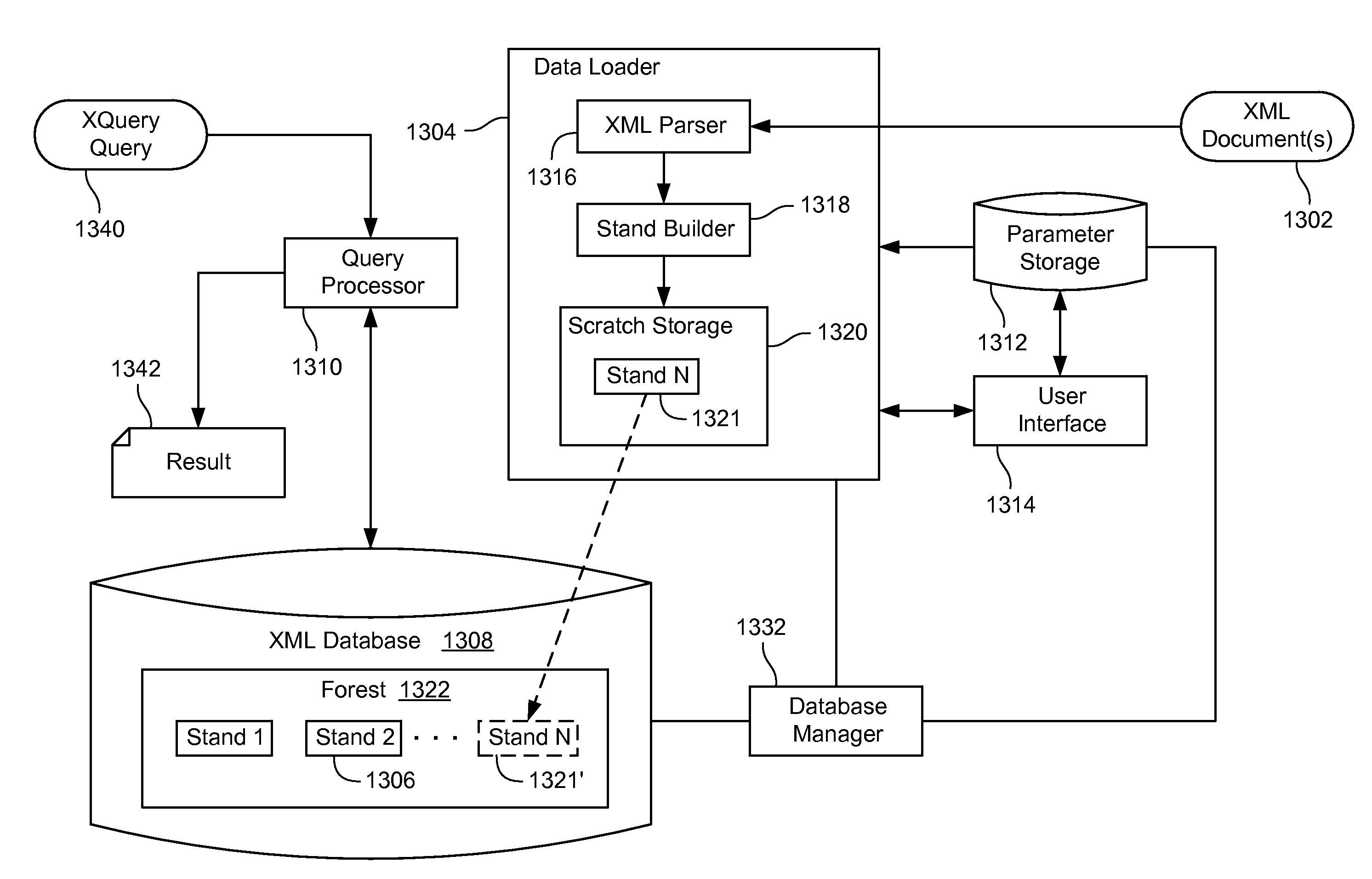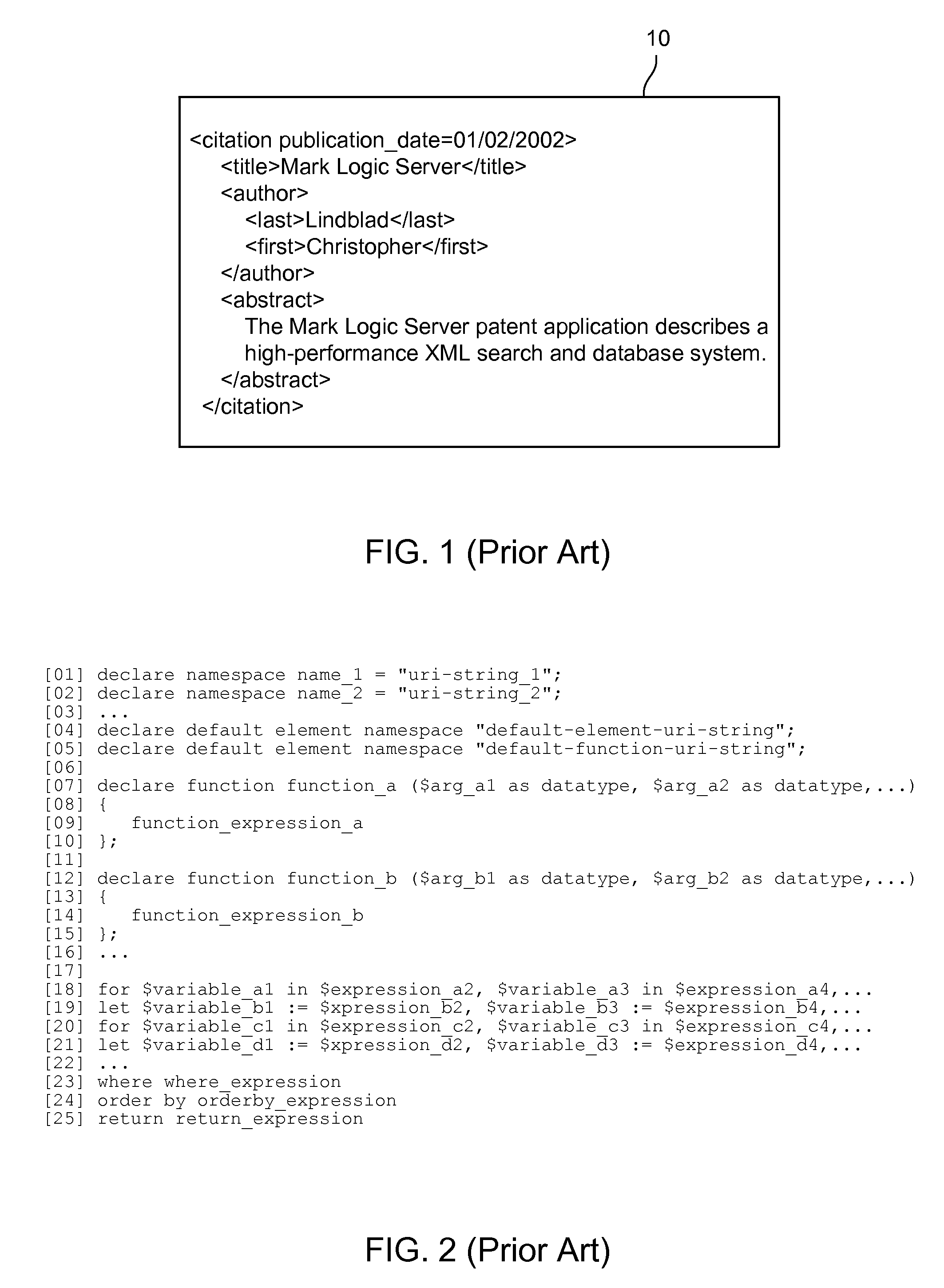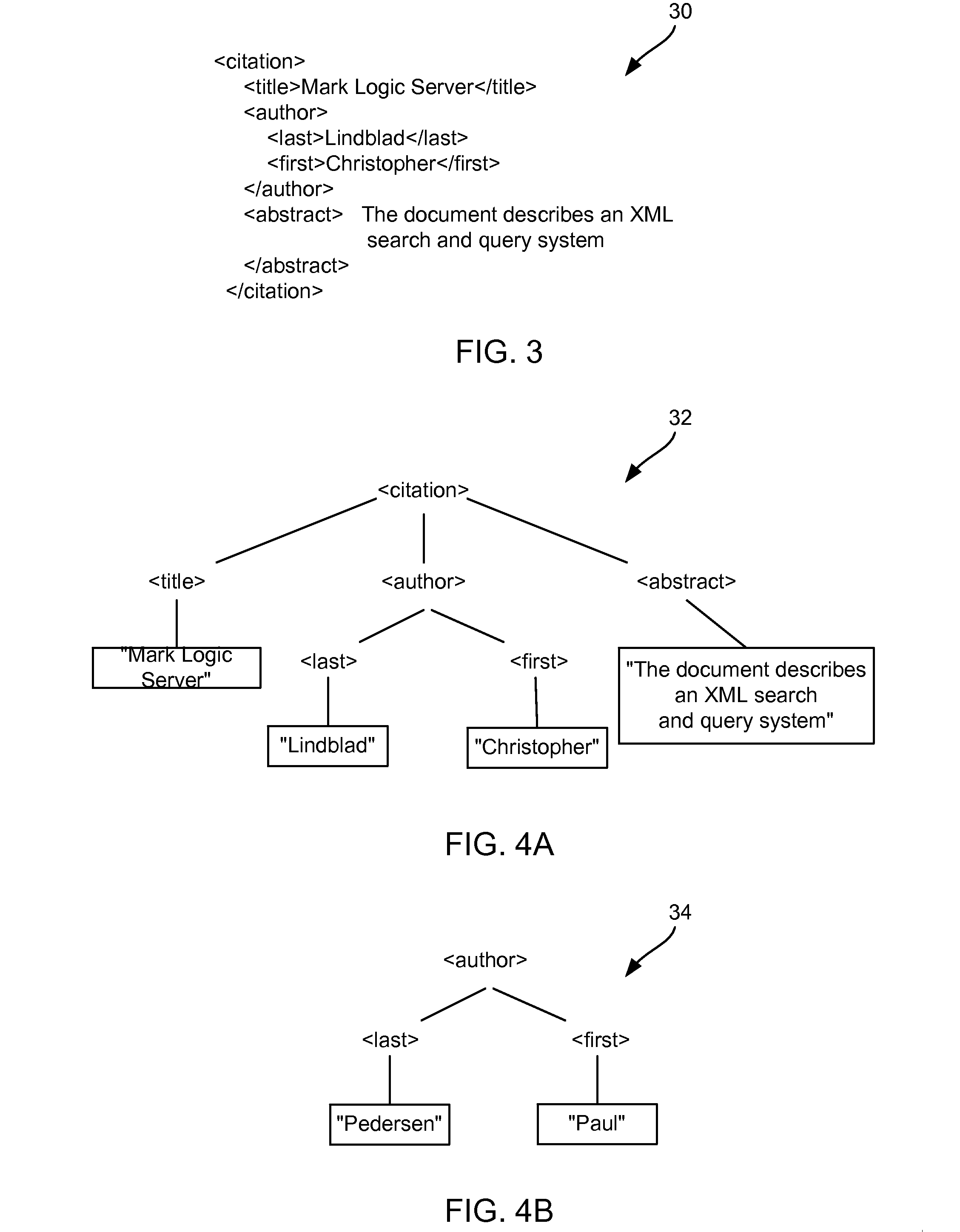Point-in-time query method and system
a point-in-time and query technology, applied in the field of databases, can solve the problems of resource-intensive approaches for handling point-in-time queries, inability to efficiently handle -in-time” queries by existing database systems, and difficulty in updating or accessing these text files, so as to achieve efficient storage and querying, and efficient processing of point-in-time queries
- Summary
- Abstract
- Description
- Claims
- Application Information
AI Technical Summary
Benefits of technology
Problems solved by technology
Method used
Image
Examples
Embodiment Construction
[0048]In the following description, for the purposes of explanation, numerous specific details are set forth in order to provide a thorough understanding of the present invention. It will be apparent, however, to one skilled in the art that the present invention may be practiced without some of these specific details. In other instances, well-known structures and devices are shown in block diagram form.
[0049]Embodiments of the invention relate structured database systems, and specifically to processing point-in-time queries on such systems. In one embodiment, XML data is organized and stored as subtrees in a database. The subtrees are marked with a “birth timestamp” (similar to a “system change number”) at the time they are created and a “death timestamp” at the time they are marked for deletion. In one embodiment, multiple subtrees created by the same query may share the same birth timestamp. For both birth and death timestamps, their times may be synchronized to a clock time such ...
PUM
 Login to View More
Login to View More Abstract
Description
Claims
Application Information
 Login to View More
Login to View More - R&D
- Intellectual Property
- Life Sciences
- Materials
- Tech Scout
- Unparalleled Data Quality
- Higher Quality Content
- 60% Fewer Hallucinations
Browse by: Latest US Patents, China's latest patents, Technical Efficacy Thesaurus, Application Domain, Technology Topic, Popular Technical Reports.
© 2025 PatSnap. All rights reserved.Legal|Privacy policy|Modern Slavery Act Transparency Statement|Sitemap|About US| Contact US: help@patsnap.com



